Fertilizing black pine bonsai is pretty straight forward. For any given black or red pine, I first determine the tree’s stage of development. If a tree is young and I’m focusing on increasing the size of the trunk, I follow one path. If the trunk has reached the desired size and I’m focusing on increasing branch density, I follow another.
Put another way, the division is between pines that will be decandled and pines that won’t be decandled.
Fertilizing refined black pines (trees that will be decandled)
Here are two pines that are in the refinement phase. The trunks have reached the desired size and the main focus at this point is to increase branch density and improve the silhouette.
Developed black pine
Fertilizer bag on the surface of the soil
12 year-old black pine
For developed black pines, I begin fertilizing when daytime temperatures reach the 60s – typically somewhere in February or March where I live.
For trees that have recently been repotted, I wait at least 30 days after repotting before fertilizing. Because I want to fertilize my pines heavily in spring, I repot them on the early side so I can start fertilizing as soon as possible.
I begin fertilizing by placing one or two tea bags filled with cottonseed meal on the surface of the soil. I add 1-2 more bags every week until the surface of the soil is filled with fertilizer (see Decandling black pine overview for details).
Fertilizer bags on the surface of the soil
The reason for feeding heavily is that these trees need to build up strength so they can produce strong summer buds after decandling. If I don’t feed much in spring, I wouldn’t expect a tree to respond well to decandling.
At decandling time – May through July where I live – I remove all of the fertilizer on the tree. 30 days after decandling, I begin adding fertilizer as I did in spring, 1-2 bags at a time every week or two until the surface of the soil is mostly full – mostly because I feed more heavily in spring than I do in fall.
Placed on a calendar, the feeding schedule for developed pines looks like this:
- February-March: begin feeding when daytime temperatures reach the 60s (Fahrenheit)
- March-April: increase the amount of fertilizer on the tree until the surface of the soil is covered with fertilizer
- May-July: remove fertilizer at decandling time
- June-August: begin feeding 30 days after decandling
- July-September: increase the amount of fertilizer on the tree until the surface of the soil is nearly covered with fertilizer
- November-December: remove fertilizer when daytime temperatures drop below 60 degrees F
The above steps apply to dry fertilizers. For liquid fertilizers like Miracle-Gro or fish emulsion, I feed regularly from spring until decandling time, and 30 days after decandling through fall.
For time-release fertilizers like Apex, there a couple of options. One is to use a small amount of time-release fertilizer as a baseline and use different fertilizers, liquid or dry, to provide increasing amounts through the growing season. A better option might be to use the fertilizer in tea bags which will allow it to be removed at decandling time. Depending on the fertilizer, the bags may be returned to the tree after decandling or replaced with new bags filled with a time-release fertilizer.
In general, I don’t use time-release fertilizers for trees that I decandle as it’s harder to control how many nutrients the trees receive at any given time. Time-release fertilizers are, however, easy to use for trees in development.
Fertilizing pines in development (trees that won’t be decandled)
Here are some young pines that have a ways to go before the trunk reaches the desired size.
3 year-old red pine
4 year-old black pine
5 year-old balck pine
The feeding schedule for these trees is simple. I begin feeding when daytime temperatures reach 60 degrees and continue fertilizing through fall until the temperatures drop below 60 degrees F.
Fertilizer bags on the surface of the soil
Because the goal for these trees is to encourage lots of growth, I tend to apply lots of fertilizer and leave it on through the growing season.
My feeding schedule for black pines in development is simple:
- Feed when temperatures are above 60 degrees F
A note about dry fertilizers
I frequently use tea bags filled with cottonseed meal or similar fertilizers on my pines. After 1-3 months, the tea bags begin to lose their potency. After tea bags have been on the tree for 1-3 months, I’ll remove the old bags and replace them with new bags.
How to tell how long to leave dry fertilizer on the surface of the soil? Good question. Although I haven’t measured the point at which dry fertilizers – including cottonseed meal and fertilizer cakes, whether store bought or homemade – I tend to remove remove fertilizer when it becomes dry and flaky. This can be 1-2 months for cottonseed meal or a bit longer for fertilizer cakes.
When the weather is cool and I don’t water very much, dry fertilizer lasts longer. When there are extended periods of spring rain or high temperatures that require frequent waterings, the dry fertilizer doesn’t last as long.
The main thing to keep in mind when feeding pines is to feed heavily enough to support the approach to development. If I want more growth, I feed more. If I don’t need much growth, I feed less. And if I have a pine that is weak or suffering infestation from various pests, I feed lightly or not at all until the tree recovers.
Subscribe to Bonsai Tonight
New Posts Delivered Every Tuesday and Friday
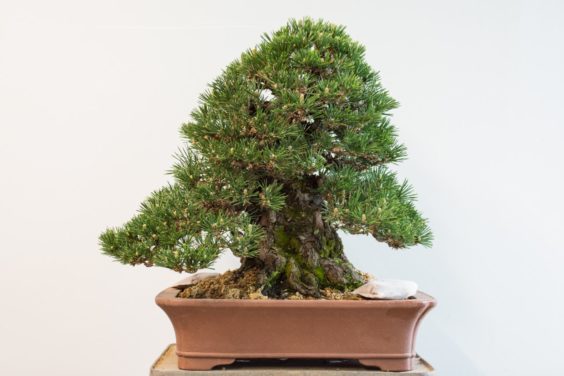
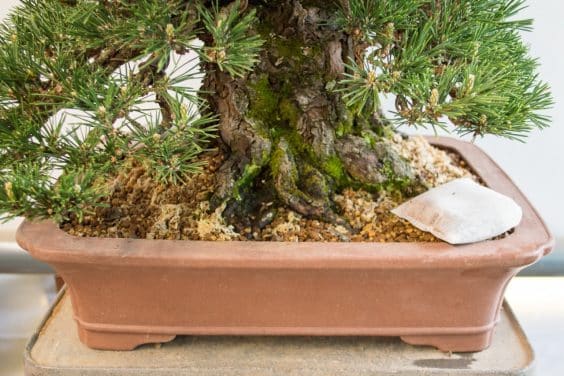
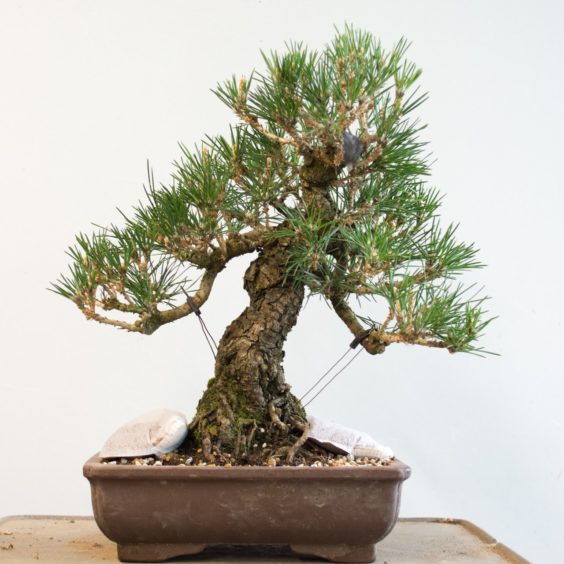
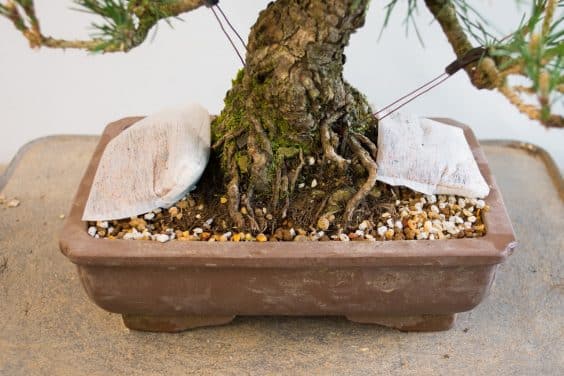
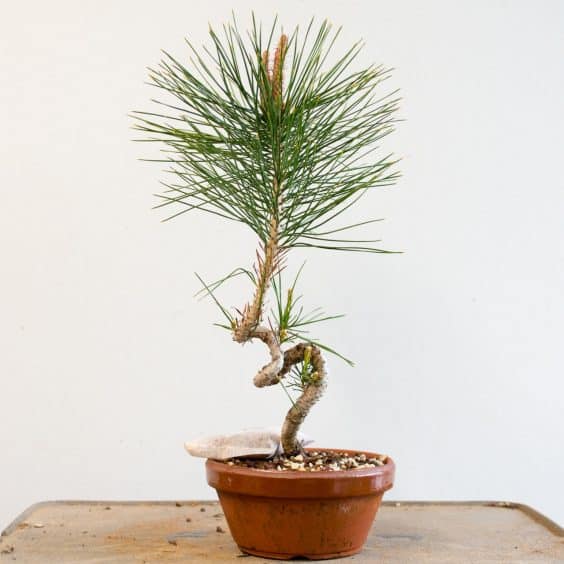
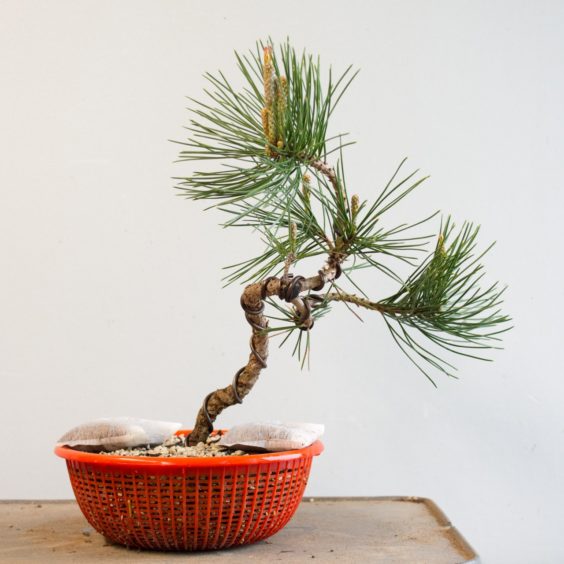
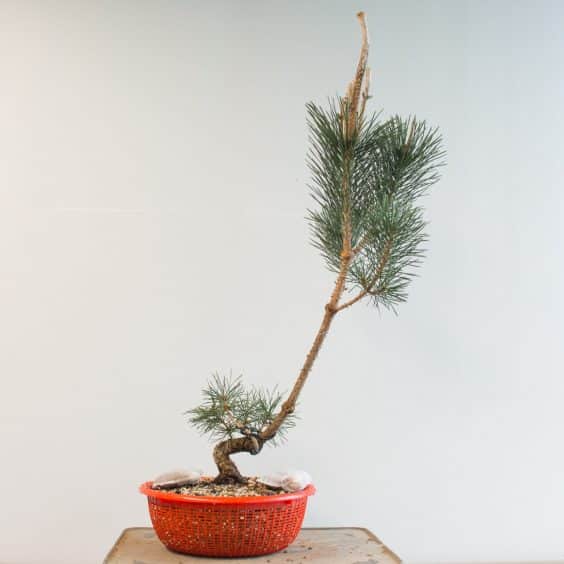
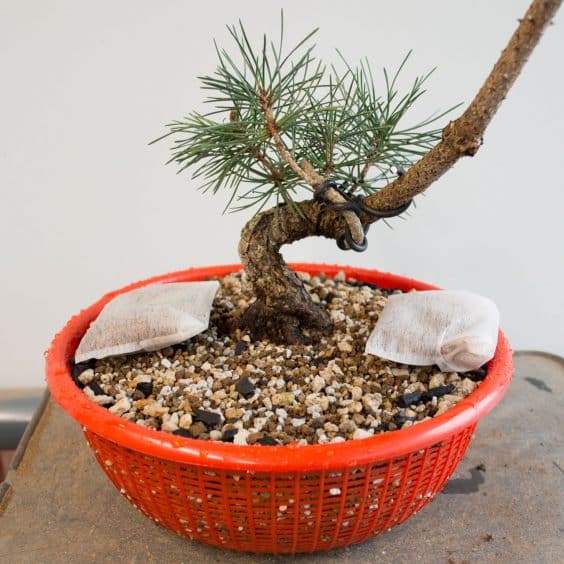
Mac McAtee says
Jonas, You always come up with a very good article on a given topic. Many thanks for the time you take to share the knowledge.
Tim says
This article is awesome Jonas. Thanks
Tom McCue says
Thanks, Jonas. Great information